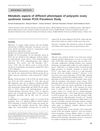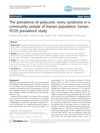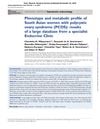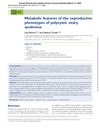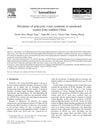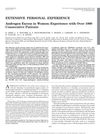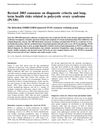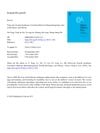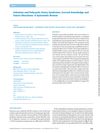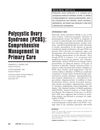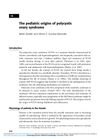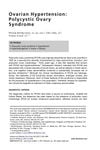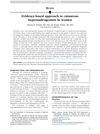The Prevalence of Metabolic Disorders in Various Phenotypes of Polycystic Ovary Syndrome: A Community-Based Study in Southwest Iran
September 2014
in “
Reproductive Biology and Endocrinology
”
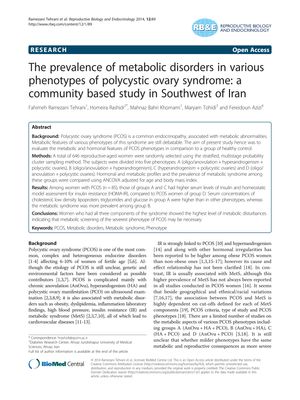
TLDR Different types of PCOS have different levels of metabolic problems, with the most severe type showing the highest disturbances.
In a 2014 study involving 646 reproductive-aged women in Southwest Iran, Ramezani Tehrani et al. found that different phenotypes of polycystic ovary syndrome (PCOS) exhibited varying levels of metabolic disturbances. Women with phenotype A (oligo/anovulation + hyperandrogenism + polycystic ovaries) and phenotype C (hyperandrogenism + polycystic ovaries) had higher insulin levels and insulin resistance. Phenotype A also had higher levels of cholesterol, low-density lipoprotein, triglycerides, and glucose, while metabolic syndrome was more prevalent in phenotype B (oligo/anovulation + hyperandrogenism). The study concluded that the severest phenotype of PCOS, which includes all three components, showed the highest level of metabolic disturbances, indicating a need for metabolic screening in these patients.
